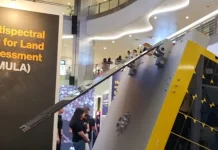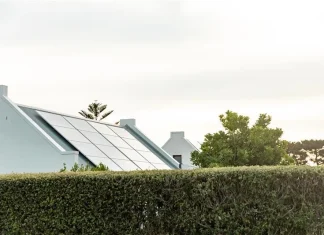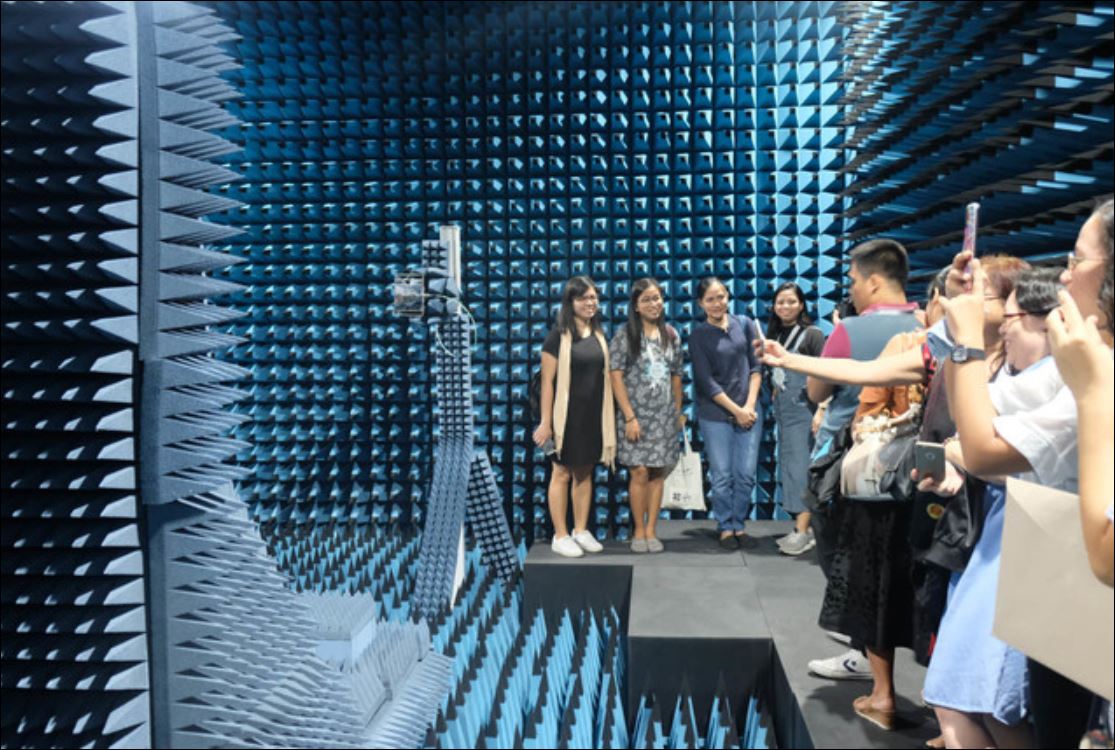
The University of the Philippines (UP) breaks new grounds, as the home of Filipino space scientists, engineers, and technology research was unveiled at the University Laboratory for Small Satellites and Space Engineering Systems (UP ULyS3ES).
The country’s premier state university, together with the Department of Science and Technology Advanced Science and Technology Institute (DOST-ASTI), presented the new base of the UP ULyS3S in August at the UP Diliman College of Engineering’s Electrical and Electronics Engineering Institute (EEEI).
ULyS3ES-1 and ULyS3ES-2, the two buildings in the UP EEEI complex, will provide venues for collaborative projects between engineers and researchers on the development of small satellites. The UP report notes that the research and development hub is eyed to bring about instruction innovations in space technology in the Philippines.
Building 1 of ULyS3ES (ULyS3ES-1) features are the following:
1. office and research spaces designed to foster close interactions and open collaboration
2. administrative and faculty spaces
3. shared spaces for researchers
4. conference and meeting area
5. exhibit area in the lobby
The. research laboratory in ULyS3ES-1 includes:
1. equipment for functional testing of small satellite components and integrated systems
2. “clean booths” for small satellite assembly
3. thermal-vacuum chamber for space environment testing of nanosatellites
4. rapid prototyping equipment
5. Engineering Model of the 50kh microsatellite, Diwata-2
6. Flight Model (FM) of the 1 kg nanosatellite, Maya-1
These satellite models are functional replicas of the actual satellites that were deployed in space and are used as testbeds for further experimentation, research, and instruction.
Building 2 or ULyS3ES-2, located behind Building 1, includes:
1. a conference room
2. classroom and reconfigurable workspace
3. a “clean booth” for nanosatellite assembly
4. testing facilities for small satellite components and systems
5. a Full Anechoic Chamber (FAC)
6. a temperature and humidity test chamber
The FAC, located in its lobby, is a facility for measuring antenna radiation patterns over a frequency range of 600 MHz to 26.5 GHz (extendable to 40 GHz). The radiation patterns show the directional distribution of energy radiated by the antenna; they can, therefore, give an idea of the antenna performance in providing wireless range and coverage. The temperature and humidity test chamber, on the other hand, is used to mimic conditions that products might reasonably experience in their eventual working environment.
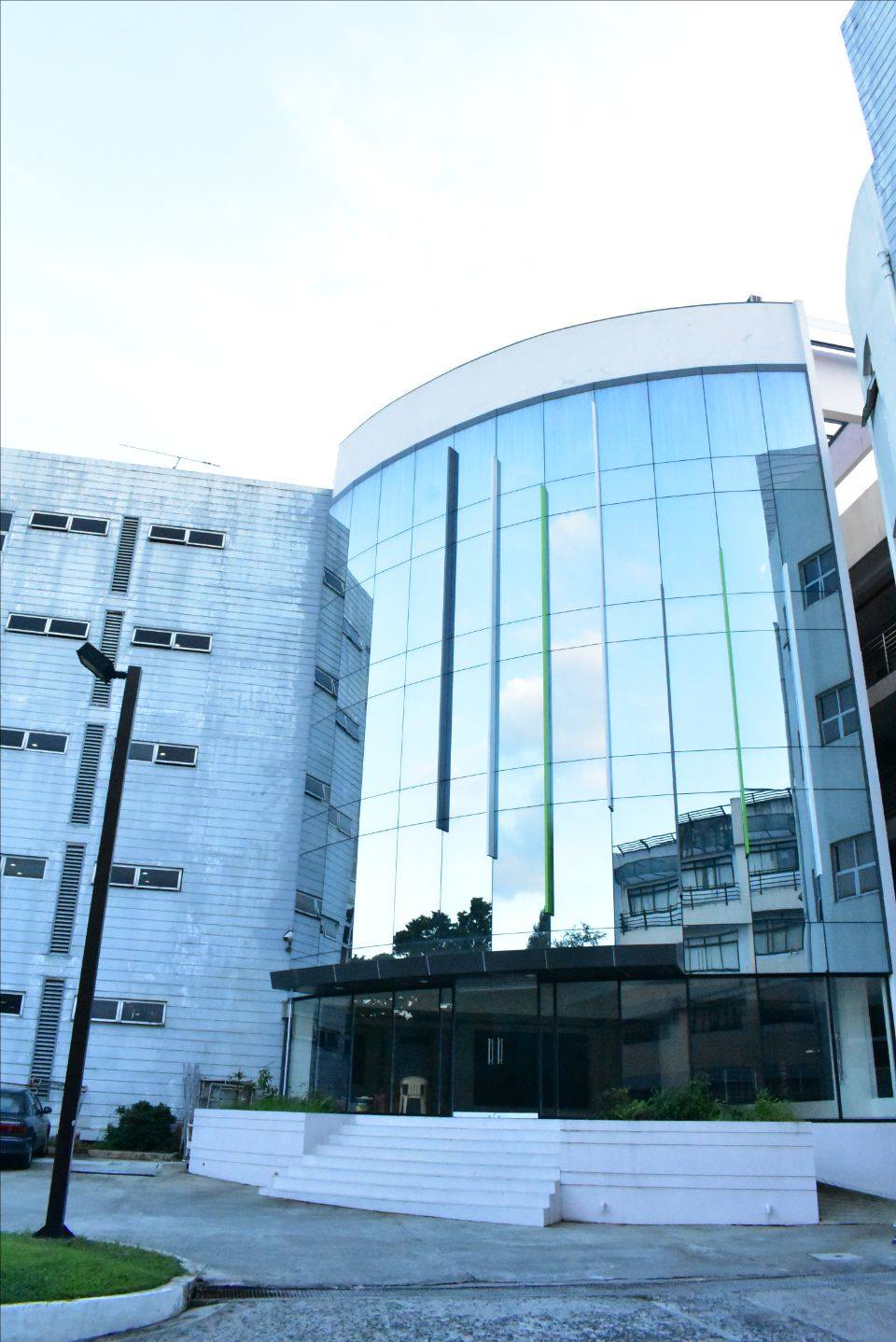
Dr. Joel Joseph Marciano, Jr., the acting director of DOST-ASTI, program leader of STAMINA4Space, and a professor at the UP EEEI explained in his welcome message that what started out as a simple endeavor to build a university laboratory has now been fully realized with the inauguration of the two-building ULyS3ES facility which will serve as a pioneering academic hub for university space technology research development, collaboration, and innovations.
Dr. Marciano also stressed that UP ULyS3ES will now become the academic home for all overseas-based Filipinos who are studying space science and technology or working in the space science and technology industry. “UP ULyS3ES welcomes them all.”
UP Diliman Chancellor Michael L. Tan noted how the acronym ULyS3ES reflects the well-rounded education that UP offers. He said, “the establishment of ULyS3ES also brings to the fore the breadth of UP’s research work, which extends to all spheres: Lupa or terrestrial research; laot or research in marine science; and now, langit as well, with ULyS3ES and the STAMINA4Space program.”
The UP official also expressed a wish that “the College of Engineering and ULyS3ES will fire up the imaginations not just of engineers but also the College of Science and all the other colleges as well,” including those from the arts and humanities and from the social sciences.
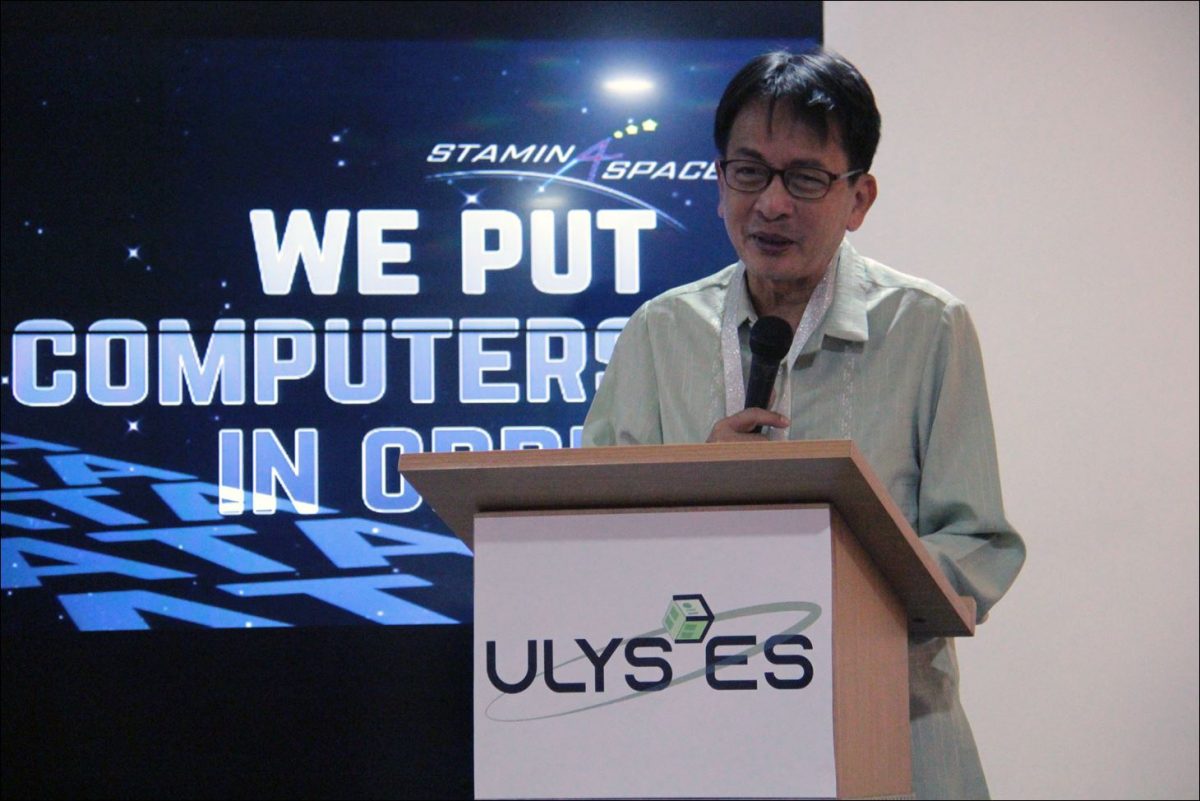
Dr. Michael Angelo Pedrasa, Director of the UP EEEI, shared that through the STAMINA4Space program the UP EEEI has become a member of the University Space Engineering Consortium or UNISEC-Global, an international nonprofit body whose primary objective is to help create a world where space science and technology is used in every country for peaceful purposes and for the benefit of humankind.
Unlike Greek mythology’s Ulysses who embarked on a never-ending quest of his own, the UP ULyS3ES is trailblazing the Filipinos’ journey into space as it now opens the doors to the academe to engage more actively and without hindrances in space-related endeavors that will benefit the country.
This is where scientists, engineers, and researchers can interact and collaborate on the design, development, and testing of satellites and systems in high tech and well-equipped working environment. Aerospace engineering courses will also be made available here for students interested in pursuing a career in space technology and industry.
UP had previously launched the country’s first two microsatellites, Diwata-1 in 2016 and Diwata-2 in 2018.
UP graduate Josephine Santiago Bond is a Filipina engineer at the National Aeronautics Space Administration (NASA).
SEND congratulations in the comments below to the University of the Philippines ULyS3ES team for innovating in Filipino space technology!
Like, Follow, Subscribe to GoodNewsPilipinas.com Facebook, Twitter, Instagram, Good News Pilipinas! TV on YouTube, new story notifications and e-mail newsletters for updates on more Filipino Pride stories.


